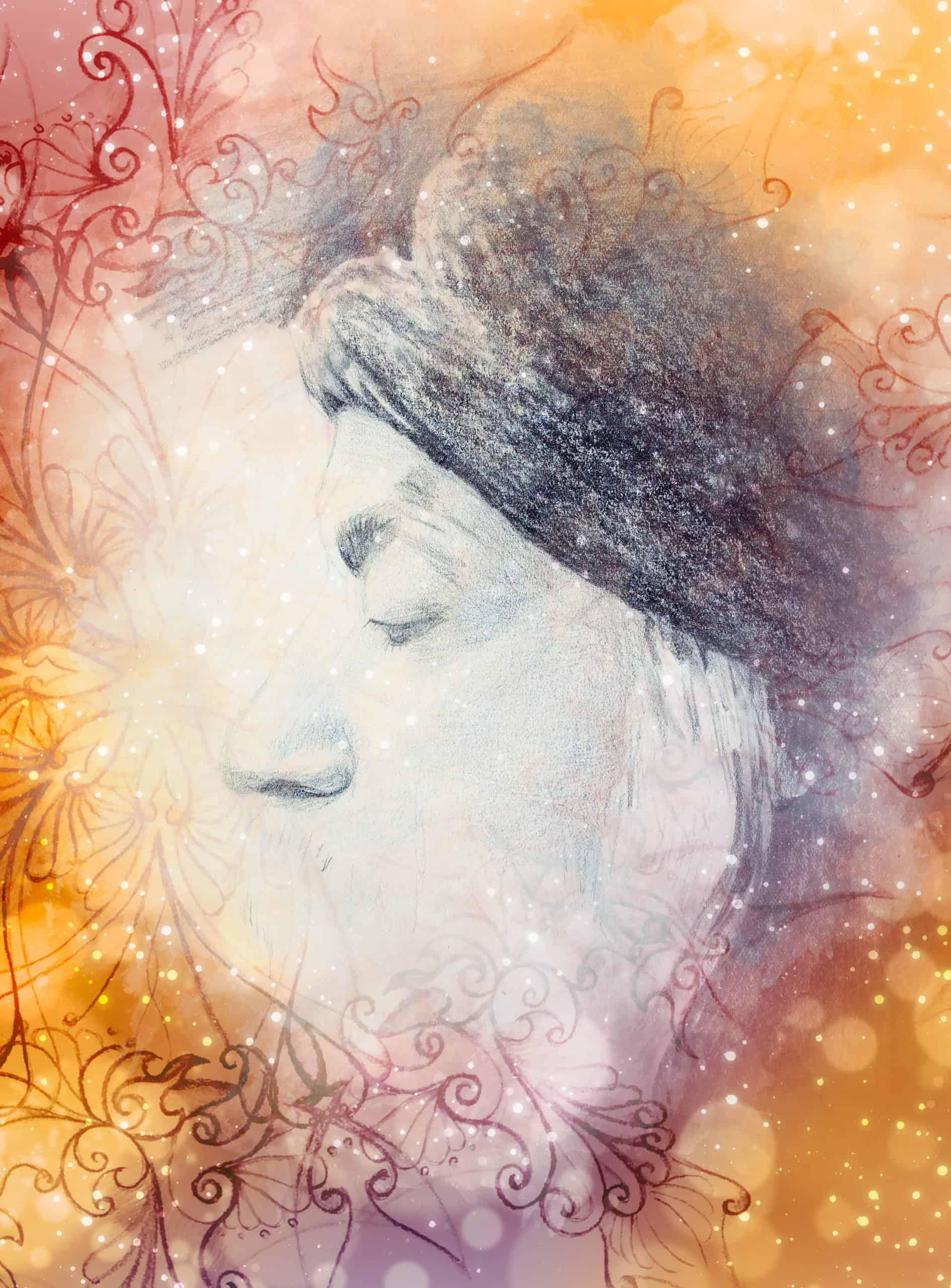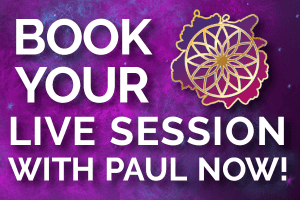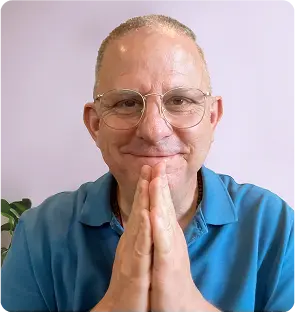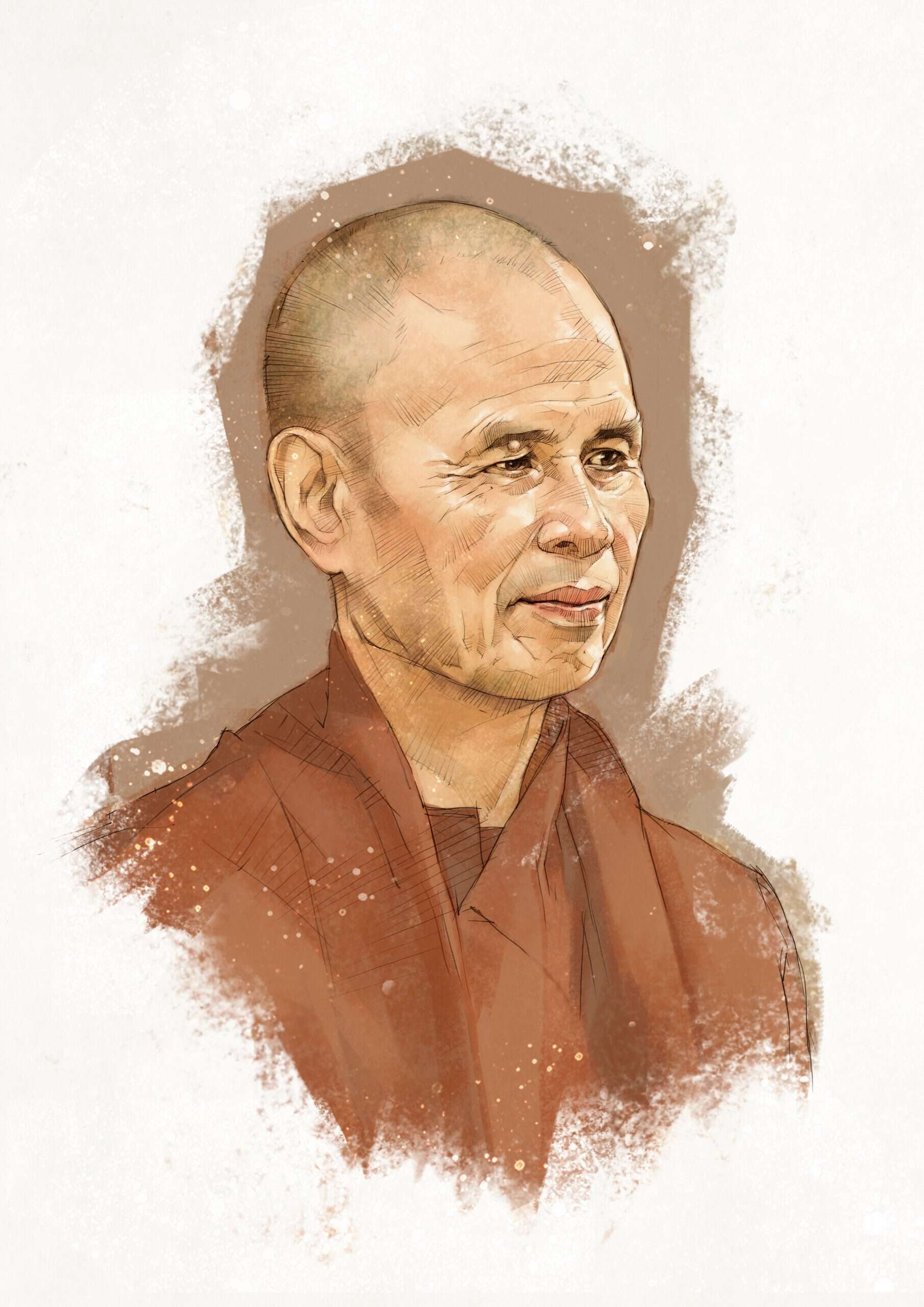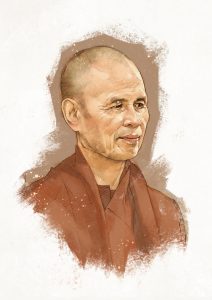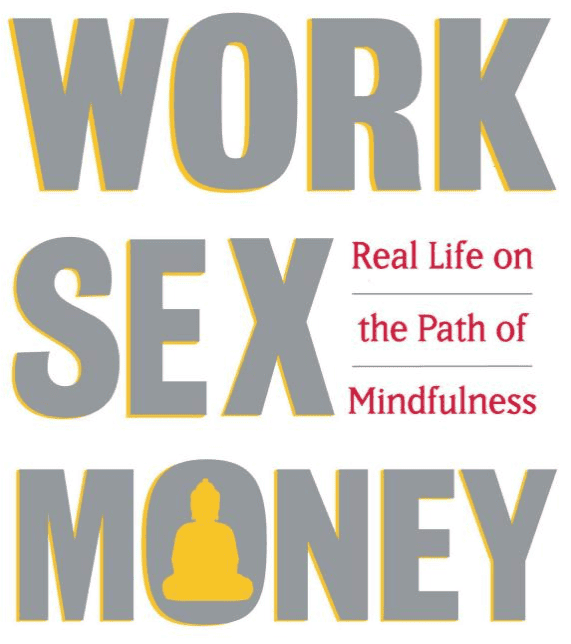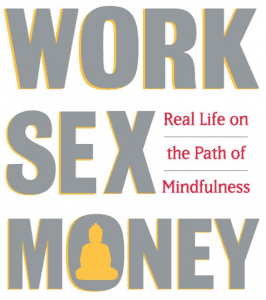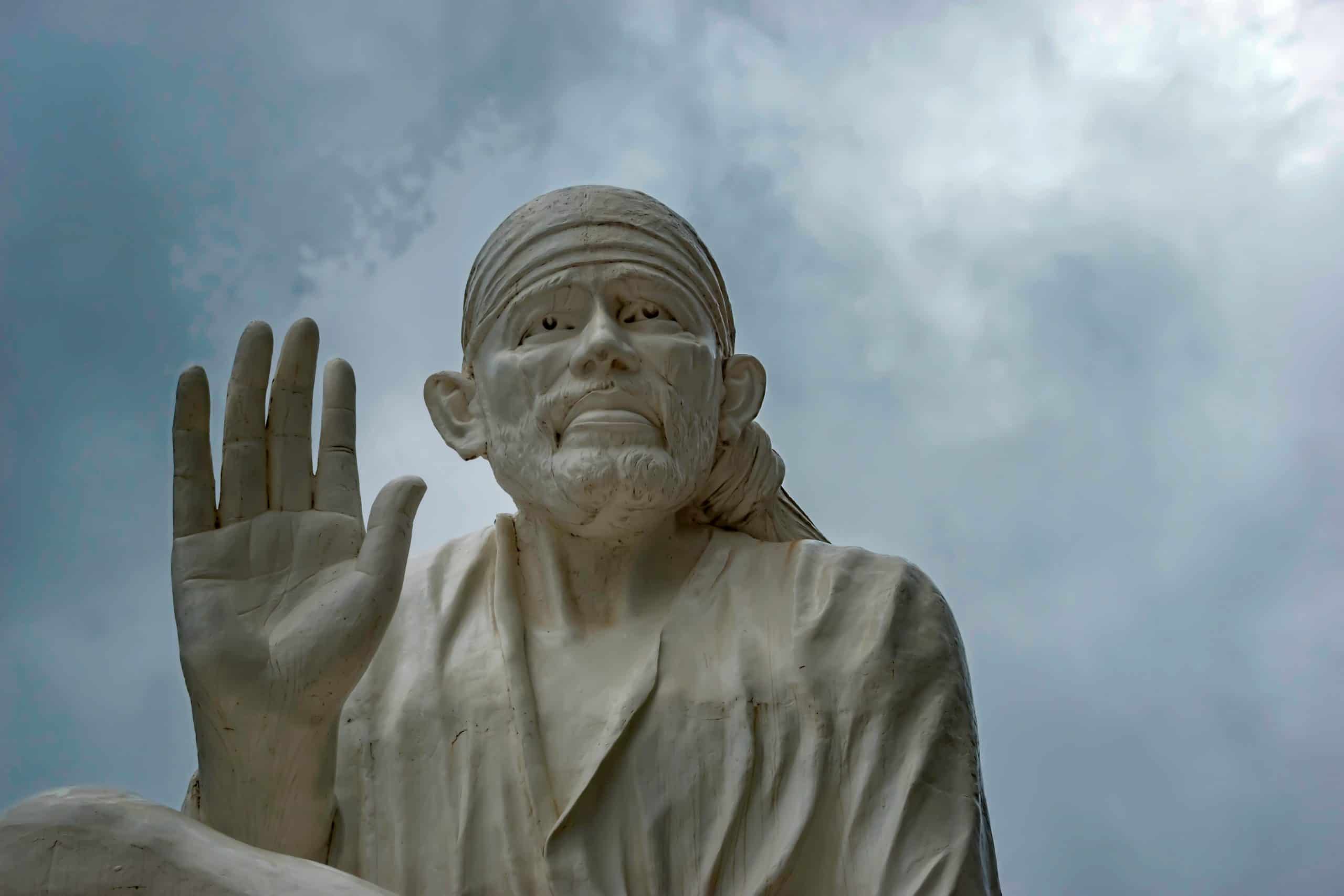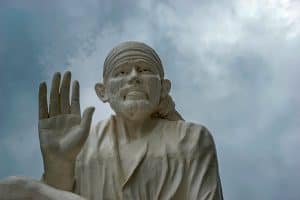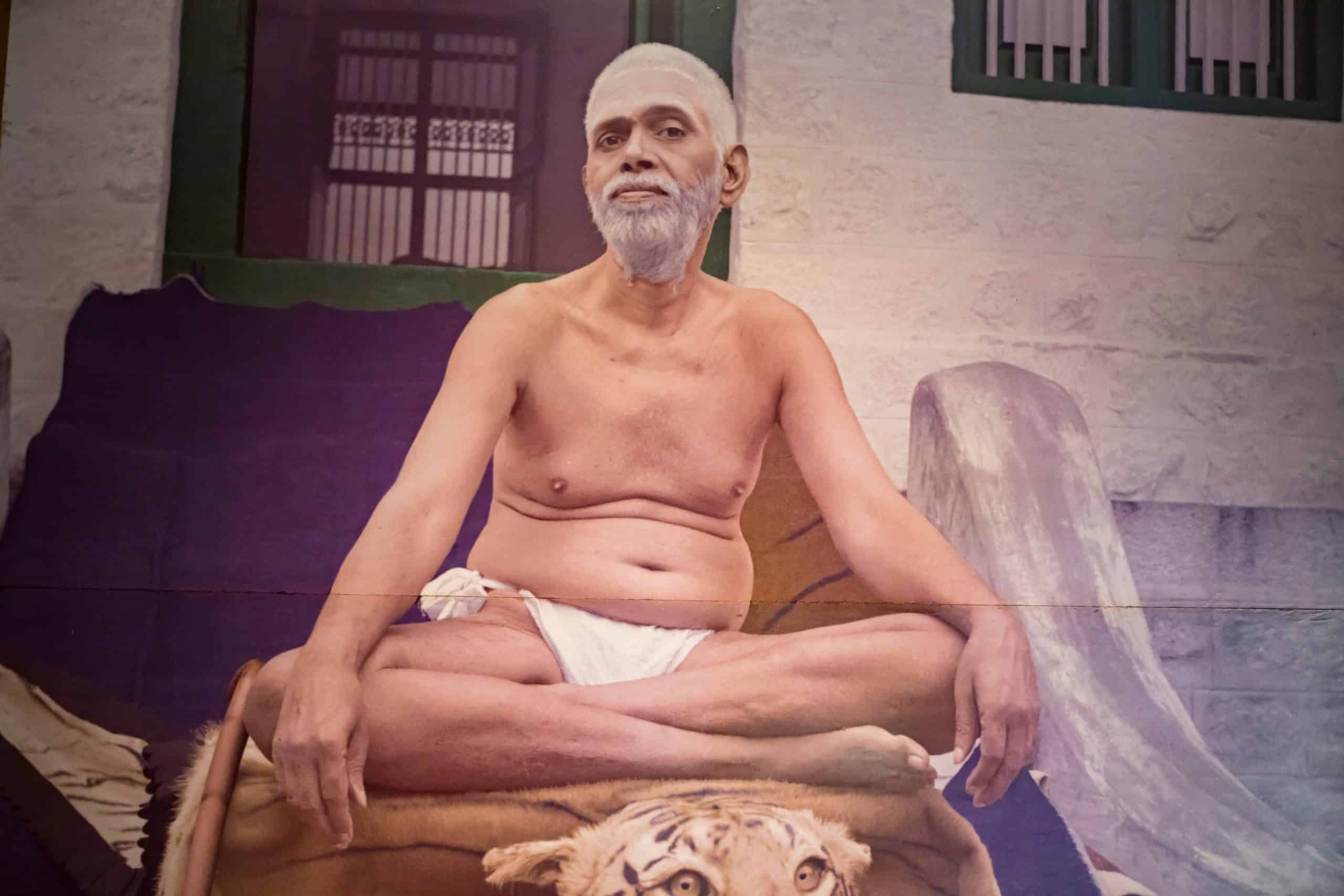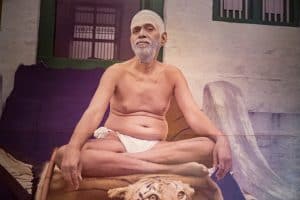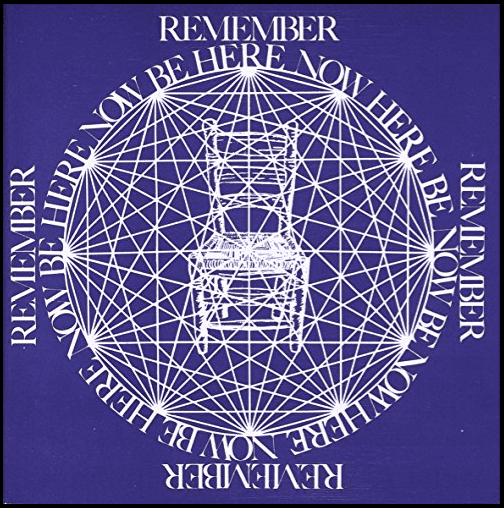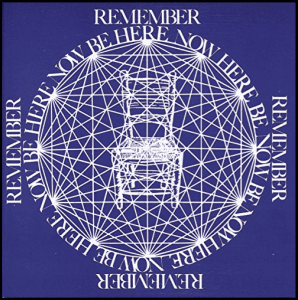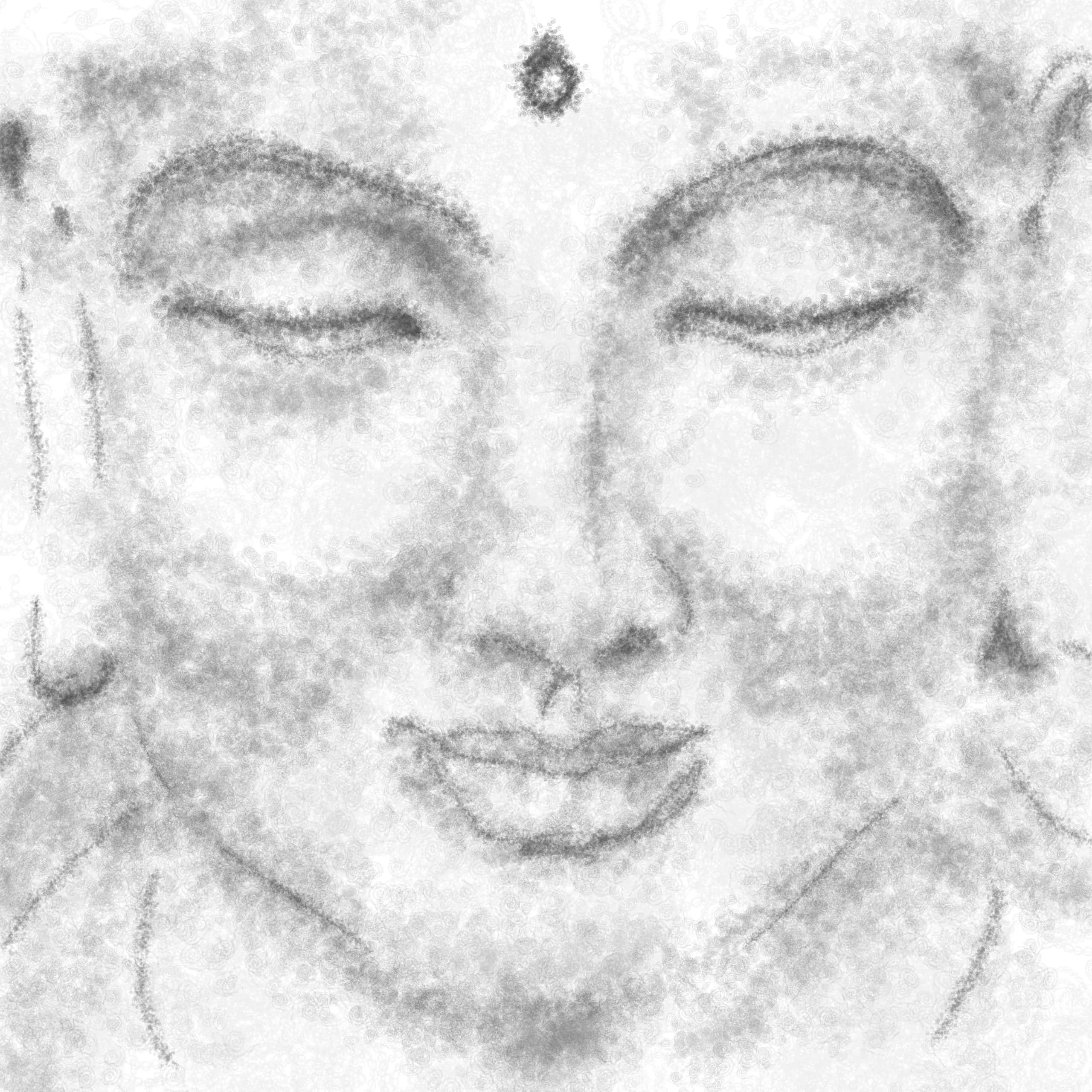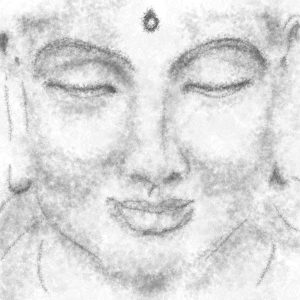
Osho was quite magical. A Shutterstock Licensed Image.
While many agree that Jesus, Buddha, and Guanyin (among others) are enlightened and eternal light-beings, it’s a bit difficult to experience them in three dimensions, let alone receive a hug from them. It might be said that for those who cannot see their internal-masters in a living, breathing human being are missing out on something special.
The moment someone calls themselves a spiritual master, all the beings in all the realms perk up and get to work. These etheric forces will test potential spiritual masters, not to bring them down, instead, to prepare them for the paths of service they declare.
The universe continually seeks ways to infuse the eternal nature of consciousness into human beings. It loves to assist in the births of powerful spiritual avatars. This tendency is one of the most beneficial wonders of this world. Because of it, there’s always an abundance of living spiritual gurus, masters, and sages.
Avatars take births to teach us about love and consciousness, and to challenge our attachment to the physical universe so that we can know the world within us. Much to our collective chagrin, authentic spiritual gurus generally do not seek to validate our financial and physical realities, or reinforce society’s oppressive constructs and rules, although some of them do.
There are some who might judge and condemn today’s living gurus and their disciples, noting that this world is not holy enough to birth a living saint. These naysayers doubt many gurus’ divinity, teachings, and methods. Some protest, picket, and write books about how horrible one guru or God is versus another. These folks probably have similar doubts about themselves.
While discipleship can be a profound and liberating experience, it comes with challenges. A guru will help her followers reduce their attachment to their egos and minds, but she also peels away our layers of illusion and delusion, which, while freeing, can be painful. Being a disciple of a guru is not for the spiritually timid.
This process of devoting oneself to a guru can also be frightening and life-shattering because it has the potential to disrupt the false identities and lives we’ve built. Upon the guru’s glance, our egos might also become inflamed, causing us to think that we are the All and Powerful Oz. Egos don’t always dissolve without a fight.
From the outside, a community centered around a spiritual guru can appear quite insane. Why wouldn’t it? Most people living in traditional society are climbing ladders, pursuing goals, and conquering a temporal world. It’s difficult to defend the eternal against the emanations of the physical, especially to people who have no frame of reference for alternative spirituality, and no interest in change.
The Bhagwan
Gurus like India’s Osho, otherwise known as Bhagwan Shree Rajneesh, can be misinterpreted by society and misrepresented by devotees. In the documentary, “Wild, Wild Country,” fears and egos dominated what might otherwise have been a profoundly peaceful pursuit.
The Osho biography describes a variety of miracles, contradictions, and controversies. What does “Osho” mean? Originating from Sanskrit, it refers to a master or teacher. Osho was a renegade, which can be both a challenge and a blessing.
In the 1980s, Osho and thousands of his followers moved out of India and descended upon a small town in Oregon. Instead of infusing the city with love, they conquered it, which caused their neighbors to demonize them.
During their tenure, several of Osho’s followers were charged with crimes, including attempted murder, and eventually served time in prison. Chances are this wasn’t the original vision. Google “Rajneesh Oregon” and you’ll see a flood of fascinating pages.
Most of us weren’t there, and we can’t comment on what it was like to be a disciple of Osho’s or a local homeowner. I’m also not here to judge. That said, I believe there are some profound, applicable lessons to be extracted from the ordeal.
For the guru, it’s not about the details, drama, or press. Peaceful or not, and authentic or not, a guru’s path is about the spiritual journeys and advancement they’re called to inspire in their disciples. It might be said that when we are subject to change and catastrophe, our minds evaporate and our souls progress.
How To Avoid Toxicity
In all things “guru,” here are a few key lessons to consider:
- We need not adhere to rules and pursuits set by a tangential collective. The goal is to follow the teachings of the guru and the eternal.
- When engaging in a spiritual community, refrain from becoming entangled in heated activities, even if they appear to be benign.
- Each person’s journey is unique, each with her own pace and personal responsibilities. In the enlightenment scene, as long as it’s based in love and includes service to those in need, an individual’s spiritual growth takes precedence over the worldly goals of a group.
- Infuse your beliefs with love and base your projections in love. This will reduce your ego and fears.
- The communities that emerge around gurus are often spiritual hospitals. Refrain from being interested in or attached to the drama unfolding around you. After all, a fair number of spiritual aspirants tend to be little devils working out their small problems or new-age narcissists seeking to enroll others in their spiritual self-aggrandizement.
- A guru’s physical form is not reality. Their bodies are metaphoric vehicles meant to help us see their eternal nature within us. When we attach to a guru’s form or life, we put them in boxes, which, in turn, does the same to us.
- Refrain from blaming a guru for your participation in their ideologies, methods, and communities. We only lose our free will when we relinquish it, which is also a choice.
Wild, Wild Country
If you’ve not yet watched this fantastic documentary about what is often called, “the Rajneesh cult,” let me sum up its spiritual gems:
- Many of us do not know how we feel or how to express ourselves. Learning how to do this can open doors to our divinity.
- Having a spiritual master can expedite our evolution. This can be invaluable.
- For a sad, broken few, a guru relationship might send a disciple in the opposite direction, and deeper into their shadows.
- When we fuse our worldly desires with our spiritual projections, we might make other people jealous, confuse ourselves, and possibly set the world on fire.
- When we believe a guru to be anything but the embodiment of the universe, which includes everything, both good and bad, dark and light, love and evil, we are mistaken.
- Just like regular folk, some spiritual people love recognition, power, and control. Given the right conditions and motivations, they might consider doing anything to bring these darker attributes to life, especially when holding power-position within religious organizations. Think priests and little boys, nuns and rulers, and preachers who demonize gay people to avoid their self-hatred and gay natures.
- While certainly family-focused, loving, and prayerful, small-town America might not be the most open and aware populace in the world. Being landlocked has consequences.
- We don’t know whether or not there was a pre-birth pact between Osho and his infamous directors and their helpers. We also don’t know whether or not Osho was an enlightened master or if he encouraged some of the organization’s less benevolent activities.
- It might be that by allowing his directors to manifest their dangerous and illegal actions within his controlled, confined organization, thereby distilling them from society, Osho saved the world from another Jim Jones or Hitler.
- A few things about gurus: some gurus might have karma to work out before they blossom into embodiments of light. They might have pre-birth soul commitments to fulfill before merging with the eternal. They might also not be consciously omniscient or care about omniscience. The lessons and benefits from their missions might only be derived from the insanity they inspired.
- When a collective is seeking a particular style of spiritual advancement, radical gurus are required to awaken the group through specific, uncommon modalities. Without these modalities, a large number of people might never know their light.
- Praying for dark or damaged souls, whether they are evil are not, is helpful to all living beings and healing for our judgmental hearts and minds.
- Living within a judgment-free spiritual path means that we must look at all the attributes from an experience, whether it is our experience or another person’s, and we must use
Rajneeshpuram: The Rajneesh Compound
Osho’s mysterious compound, which the majority of inhabitants seemed to love and cherish, and where all sorts of drama and illegalities occurred, is a metaphor for our minds. This metaphor begs a few questions:
- If we were given the opportunity, would we live with an enlightened master in a community of like-minded souls?
- If it appeared to be the only way to protect our loved ones, would we use guns to defend ourselves?
- What spiritual chaos have we each created or fed in our lives?
- What imaginary fires have we turned into harsh realities?
- Where have we allowed our needs to experience liberation to wreak havoc in our lives and the lives of others?
Who Are The Living Spiritual Masters In The World?
Spiritual masters and gurus are not always public or famous people. Your babysitter, mechanic, or optometrist might be a living spiritual master. You might be one breath from becoming enlightened.
Luckily for humankind, many wonderful public masters have taken birth to bring light and healing to the planet. Steering clear of the gurus at the center of controversies and lawsuits, here are a few profound and divine rockstars whom I’ve met, enjoy and love:
Amma (Mata Amritanandamayi)
Known as “The Hugging Saint,” and found at Amma.org, this Amma is a profound master, teacher, and humanitarian. She has the broadest and most comprehensive mission of love and benevolence seen in recent centuries. With multiple hospitals, housing charities, and millions of followers, Amma has inspired volunteers from all walks of life to serve others. When receiving a hug from Amma, she chants in Sanskrit and helps unlock and dissolve your karma. You can get a mantra from Amma and ask her pertinent questions. Amma tours the US every summer and then returns in the fall. Her ashrams are found all over the world, most notably in San Ramon, CA and Kerala India.
There are other lovely spiritual masters, also known as “Amma.” For example, Karunamayi, who, from an early age, decided to shower the world with unconditional love through prayer and seminars. Karunamayi is known to be a beacon of light which seeks to remove suffering from the hearts of her followers. You can learn more about Karunamayi here: http://www.karunamayi.org/
Mother Meera
The lovers and followers of Mother Meera say that she is the Divine Mother on earth, the embodiment of the Divine Feminine. She offers free transmissions of light, love, and grace as her gift to the world. Visit https://www.mothermeera.com to learn more.
Thich Nhat Hanh
This enlightened soul is an inspiring spiritual leader, poet, peace activist, and teacher of mindfulness. Enjoy his books, entitled, How to Love, Peace in Every Step, Being Peace, and The Art of Power. You can learn more about this peaceful master here: https://plumvillage.org/about/thich-nhat-hanh/
Onward On The Path
There are many living masters, including but not limited to: Sadhguru, Eckhart Tolle, and Ram Dass. There are also many enlightened masters who have since passed, including Paramahansa Yogananda, Swami Vivekananda, Neem Karoli Baba, Jesus Christ, and Maharishi Mahesh Yogi.
Explore these beautiful human beings and others who appeal to you, and continue to seek the source of light within you. Engaging with and devoting oneself to a guru can have miraculous effects, especially if the master is rooted in love and is devoted to humbly serve humankind.

